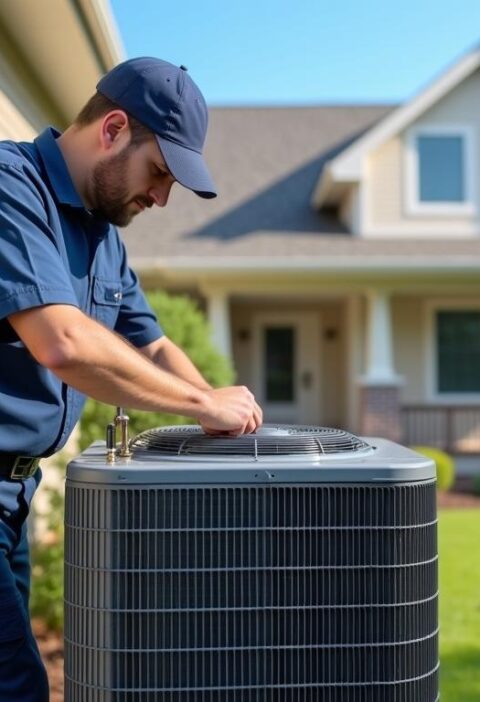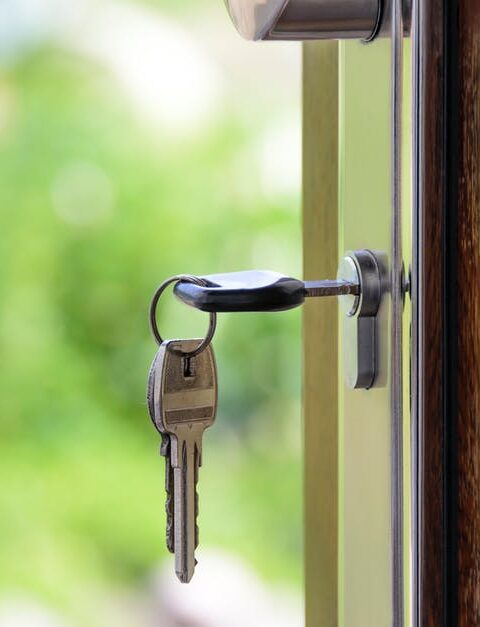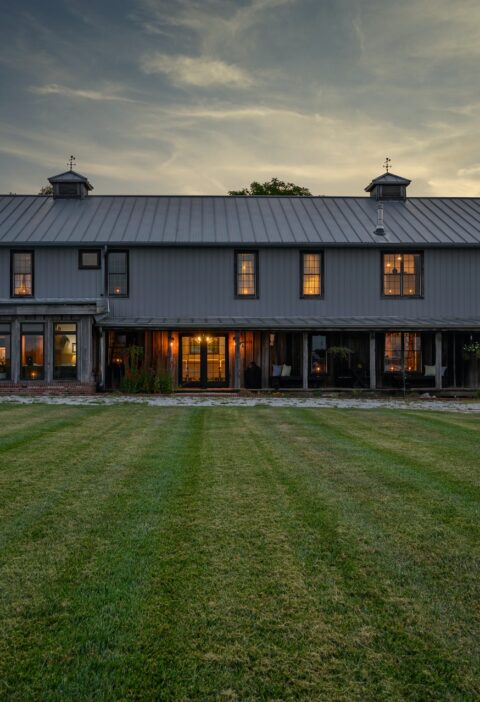Restorations and renovations as terms tend to be frequently mixed up. This is because many observers assume that if something has to be restored, it’s a good opportunity to upgrade and change it for the better. After all, how often does a homeowner make a big change to their home?
Restorations, while they can include upgrades, are primarily associated with restoring the home to the way it was after serious damage and destruction. That can come from flooding, fire, a vehicle accident, or some other serious event that results in a lot of damage and needs to be fixed.
Fundamental Purpose of a Restoration
Restoration comes in two phases: mitigation and restoration. The mitigation phase entails halting whatever damage and cause of the damage is occurring so that repair can proceed without requiring additional response activity. So, in the case of water damage, mitigation focuses on confirming the source of the water leak is stopped as well as removing everything soaked or damaged by the water.
That tends to be mainly a remove and clean process, with all the damaged material removed and thrown away. Whether water, fire, or other causes, this part of restoration is really about removing all the loss so that repair can take place without things being in the way. Mitigation is extremely important because it continues to remove contaminants that cause more problems if ignored, such as burned chemicals or mold and mildew.
The restoration phase itself is the actual construction and replacement of what was damaged. That works from the framework up and out, until final work on drywall finishes and flooring replacement is completed. Restoration is the part that the homeowner sees as the replacement of what was lost.
When it comes to completeness and satisfaction, the restoration phase is frequently scrutinized the most because, once completed, the work is then finished and the provider then packs up and leaves. However, it benefits the homeowner to pay attention to details during mitigation, so nothing is missed during the restoration process. Most restoration services like Valley Restoration & Construction are very professional and open to answering any construction questions without judgment.
Lots More Activity in Restoration
Depending on what is required, the restoration phase may also include a variety of services ranging from carpentry to plumbing to electrician assistance. No surprise, most restoration projects are handled by a primary service who acts as a foreman bringing in the necessary help as needed. Where licensed work is required, the specialist is brought in as a subcontractor or employee under the primary contract.
As for upgrades, the original material or fixtures that were damaged may be no longer available on the market. In these cases, restoration will replace what was lost with the nearest similar product for the status quo unless the homeowner is willing to pay more for the difference. In these cases, upgrades then add more costs to a restoration based on what the homeowner desires. This situation is common with cabinetry and flooring.
So, again, restoration is about replacement, not renovation. Understanding the difference helps with hiring restoration services for the best response.







